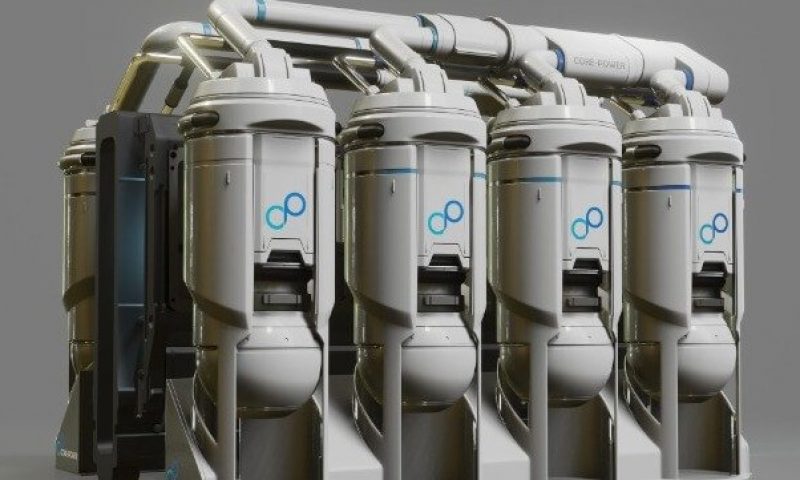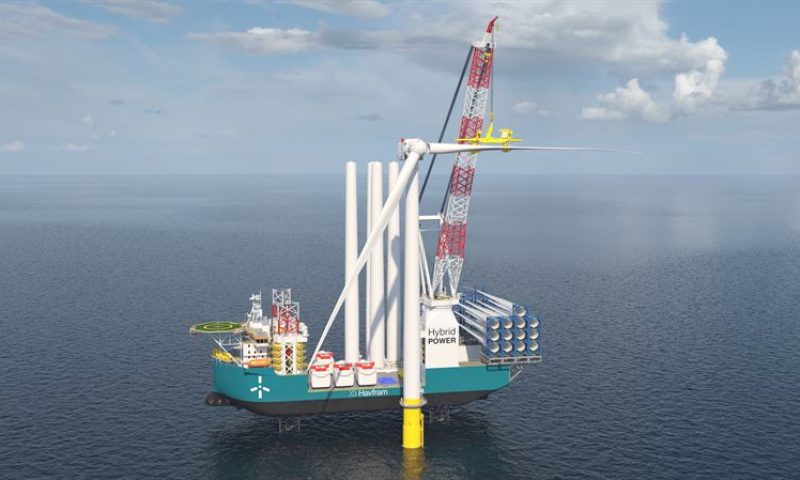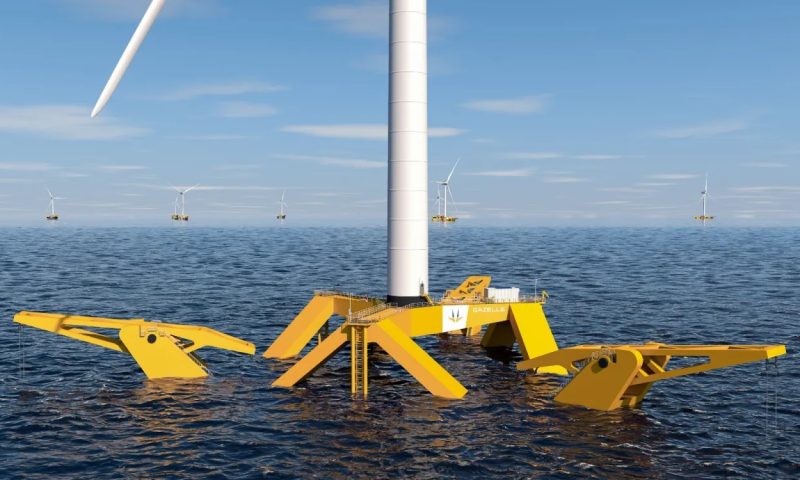
Nuclear-Power Startup Proposes a Ship-Based Green Ammonia Plant
Reactor tech startup Core Power is joining the call for the mass production of renewable fuel using floating nuclear powerplants, amplifying a recent independent study on ship-mounted nuclear power stations.
In a recent report, U.S. consultancy EPRI proposed a rethink of the deployment options for turning nuclear power into zero-carbon hydrogen and ammonia, the twin building blocks of decarbonized deep-sea vessel propulsion. Using efficient production of nuclear “FPSOs” at existing shipyards, like those of South Korea’s “Big Three,” EPRI calculated that it would be possible to make green fuel at floating nuclear stations at an exceptionally affordable price point. When including O&M, EPRI’s long term levelized cost estimate came to $230 per tonne of green ammonia – below even the most optimistic forecasts for solar- and wind-powered green fuel production.
An FPSO is a floating production system that receives fluids (crude oil, water and a host of other things) from a subsea reservoir through risers, which then separate fluids into crude oil, natural gas, water and impurities within the topsides production facilities onboard.
Ship-mounted nuclear plants would have two big advantages: first, the biggest shipyards have the infrastructure and workforce to build complex industrial plants at the lowest possible capital cost, and to replicate the same design over and over again. Second, ships have fewer permitting hurdles compared with the extensive siting requirements on shore. They could also be moored in places where it is convenient for other vessels to come alongside and take on bunkers, without the added cost of moving the fuel to the point of consumption.
Core Power, a company headquartered in the UK, has followed up with its own feasibility study for nuclear-powered ammonia production. Its modeling shows that with current technology, it is possible to produce one million tonnes of ammonia per year using 1.2 GW of electric power on each floating platform. This is the equivalent of 440,000 tonnes of VLSFO; assuming current levels of fuel efficiency, it equates to about 2,000-2,500 days of steaming for one ultra large container vessel (ULCV), depending on vessel speed and hull cleanliness.
“The production of green ammonia at sea using advanced nuclear power would be superior to both production from renewables and non-marine atomic systems because atomic power has the highest capacity factor of any power generation method – whereas intermittent renewables, notably wind and solar, have the lowestm,” said Dr. Rory Megginson. “This reliability and dispatchability makes advanced atomic the ideal power source for e-fuel production.”
Core Power has also proposed installing its small molten-salt reactors on board merchant vessels, a high-tech update of the SS Savannah and Sevmorput civilian nuclear propulsion concept. Its technology would provide power throughout a ship’s normal 30-year commercial lifespan, without refueling. However, local skepticism about the perceived risk of nuclear energy can be a challenge for nuclear-powered vessels, as Sevmorput discovered in 2020: after a propeller failure off West Africa, port-state reluctance to give Sevmorput a place of refuge forced her to transit from Angola to St. Petersburg for repairs. Instead, mounting the reactor on a permanently-moored platform and using it to make an intermediate fuel – green ammonia – would resolve this issue.












